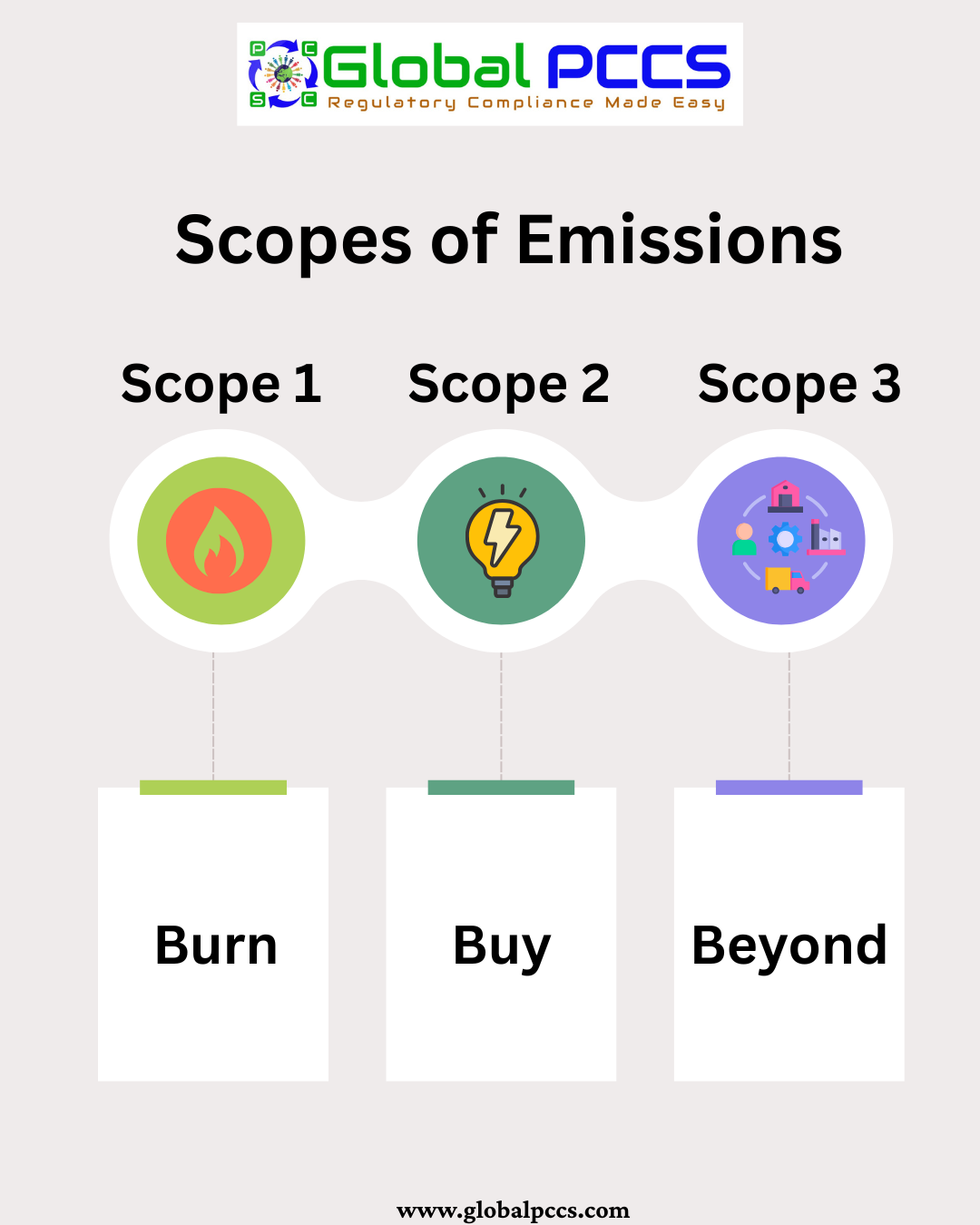Scope 1, 2 and 3 Emissions

About Course
Scope 1, 2, and 3 emissions form the foundation of greenhouse gas (GHG) accounting for organizations and are essential for understanding and managing climate impact.
-Scope 1 emissions refer to direct emissions from sources that are owned or controlled by the organization. These include emissions from fuel combustion in company-owned vehicles, machinery, boilers, generators, and any onsite process or fugitive emissions such as refrigerant leaks.
-Scope 2 emissions are indirect emissions from the generation of purchased energy—primarily electricity, steam, heating, or cooling—that the organization consumes. While the organization doesn’t generate these emissions directly, it is responsible for the demand that leads to them.
-Scope 3 emissions encompass all other indirect emissions across the company’s value chain. These include emissions from purchased goods and services, transportation and distribution (upstream and downstream), business travel, employee commuting, waste disposal, use of sold products, and capital goods. Scope 3 emissions often represent the largest share of a company’s carbon footprint and are the most challenging to track due to their broad and varied nature. Collecting accurate and complete data across all three scopes enables organizations to build credible GHG inventories, meet reporting standards, and identify opportunities for emissions reduction.
Course Content
Module 1: Introduction to GHG Protocol
-
Introduction to GHG Protocol
08:53 -
The three emission scopes
00:00 -
Quiz
Module 2: Scope 1 GHG Emissions
Module 3: Scope 2 GHG Emissions
Module 4: Scope 3 GHG Emissions
Module 5: Conclusion
Student Ratings & Reviews
